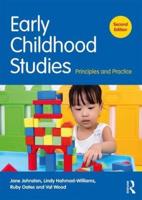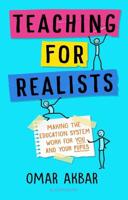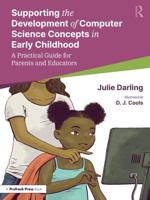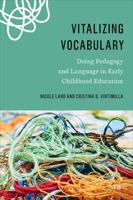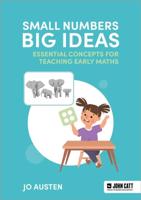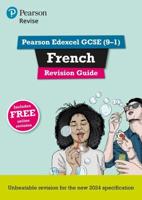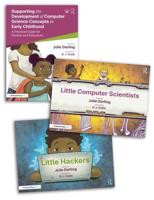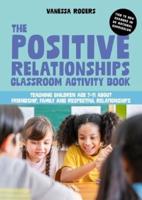Publisher's Synopsis
Who is this series of books for and what is its goal?
- This series has been written for preschool and elementary school teachers and designed to help them guide children in their efforts to gain solid knowledge of numbers 0 to 100. It uses teaching strategies and practical exercises to develop children's key skills, such as mental computation, understanding place value, and the notions of tens and hundreds.- The material is not intended to be used just in the classroom, but also to help mom and dad take part in their children's learning. Moreover, educational psychologists and teachers will discover their value as a tool for reinforcing
children's cognitive development and for tailoring their teaching to the specific needs of each child. How early is it feasible for children to start learning numbers? - Many research projects have demonstrated that very little children possess the capacity to pick up ideas and mathematical skills that will serve as a base for the acquisition of other knowledge. To this end, it is fundamental to expose them to
many different experiences and mathematical language from a very early age.
When they take ownership of numbers, children feel very secure, happy and proud of themselves and, at the same time, it awakens a desire in them to keep on learning. How can learning numbers be made easier? - Play is a basic aspect of young children's lives: it is an organic requirement and an essential condition for their development. Moreover, storytelling and stories about their family history are indispensable and, in consequence, these books provide a guide for promoting in-depth number learning through play and storytelling. What is the content of these books? - Simple explanations of how to impart step-by-step learning, conducting a wide array of activities with the body, voice, manipulatives, games, and stories.
- Teaching sequences that are structured to flow from easy to more difficult and from concrete to abstract.
- Teaching techniques that involve enjoyable, playful number composition and partitioning activities starting with the first numbers at a very early age.
- Instructions on how to use materials, such as linking cubes, five, ten and twenty frames, Dutch abacuses (rekenreks), vertical abacuses, strings of beads, hundred charts, and so on.
- Ideas for activities that require learning how to analyze problems and use the best possible strategy to solve them (comparing, making arguments, hypothesizing...).
Moreover, the books provide access to a platform with a large quantity of additional materials that can be downloaded and printed. What are the key mathematical concepts that children will develop? - When they have worked through the four volumes, children will have gained a profound, solid concept of numbers 0 to 100, in addition to mental computation, the notions of tens and hundreds, and place value. What age groups can these books be used with? - The books are not organized by age groups or academic grades, but by levels that correspond to knowledge of number: beginner, intermediate, advanced and very advanced. What are the learning objectives at beginner level? - At the beginner level, children acquire in-depth, solid knowledge of the first three numbers and zero, and will solve simple contextualized oral problems by doing mental calculations.

